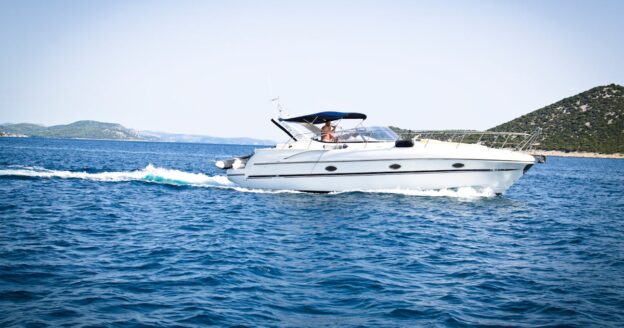As the chill of winter begins to thaw and thoughts of sunny days and clear waters start to fill our minds, the idea of owning a boat becomes increasingly appealing. For those looking to make this dream a reality without breaking the bank, shopping for a repossessed boat can be an excellent option.
Repossessed boats are those taken back by lenders or financial institutions from owners who have defaulted on their loans. These boats are often sold at a fraction of their market value, offering savvy shoppers the chance to score a great deal. Here’s your guide to navigating the market of repossessed boats in time for spring.
Step 1: Understand the Market
Before diving in, it’s crucial to understand the repossessed boat market. These boats can come from a variety of sources, including banks, credit unions and auction houses. They vary widely in type, size, condition and age, meaning there’s likely something out there that meets your needs and budget. However, it’s important to recognize that the market can be competitive, especially as spring approaches and more buyers enter the fray.
Step 2: Do Your Research
Start by identifying the type of boat that suits your lifestyle, whether it’s a fishing boat, sailboat, speedboat or something else entirely. Consider factors such as size, engine type and capacity. Once you have a clear idea of what you’re looking for, research the average prices of similar boats in good condition to set realistic expectations for what a repossessed version might cost.
Step 3: Find Repossessed Boats
Repossessed boats can be found through online auctions, specialized repossession sales websites and sometimes directly from financial institutions. Registering with auction sites can provide alerts and updates on upcoming sales. Additionally, contacting local banks, credit unions and marinas directly can uncover unlisted deals that have yet to hit the broader market.
Step 4: Inspect Thoroughly
Inspection is a critical step in the process. If possible, visit the boat in person or hire a professional marine surveyor to assess its condition. Look for signs of wear and tear, damage and potential costly repairs. Check the hull, engine, electrical systems and onboard equipment. A thorough inspection can prevent unpleasant surprises and additional expenses down the line.
Step 5: Secure Financing
If you require financing to purchase a repossessed boat, start this process early. Some lenders may be hesitant to finance repossessed boats due to their uncertain history and condition. However, credit unions and marine lending specialists are good places to start. Pre-approval for a loan can give you a budget framework and make you a more competitive buyer.
Step 6: Be Ready to Act Quickly
The best deals on repossessed boats often don’t stay available for long. Be prepared to act quickly once you find a boat that meets your criteria and budget. This means having your finances in order, being available to view or inspect the boat promptly and being ready to make a decision.
Step 7: Consider Additional Costs
Remember to account for additional costs beyond the purchase price. Repairs, maintenance, storage, insurance and registration can all add to the total cost of ownership. Ensure that the overall investment remains within your budget even after these additional expenses.
Browse Repos – Pontoon Boats, Fishing Boats, Deck Boats and More!
Purchasing a repossessed boat can be an excellent way to enter the boating lifestyle or upgrade your current vessel in time for spring. While the process requires diligence, research and sometimes a bit of patience, the rewards can be substantial. To browse our inventory of repossessed boats for sale, visit RepoFinder.com today.


